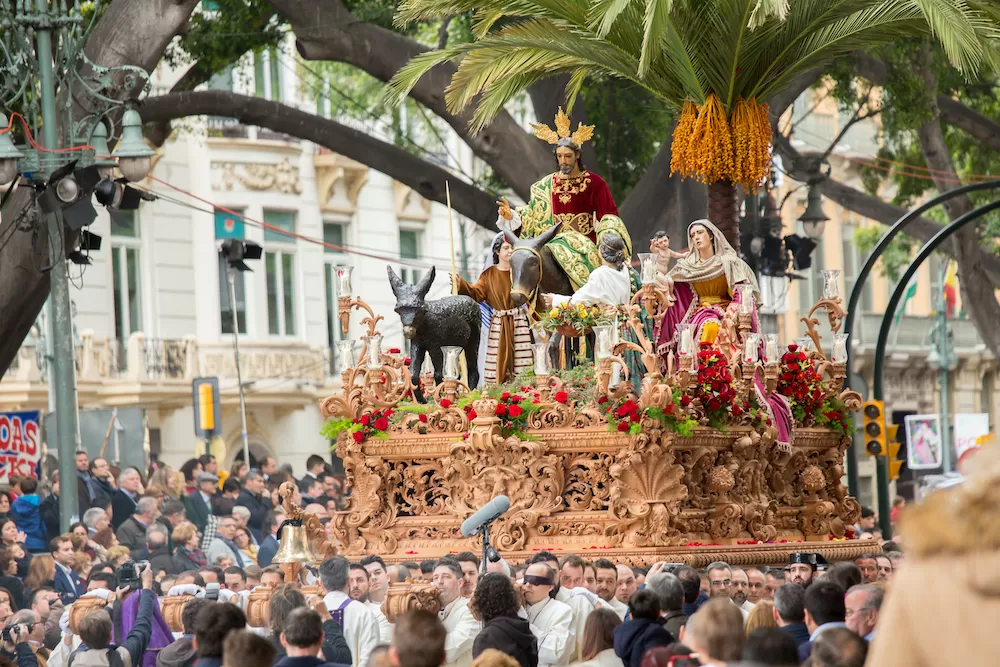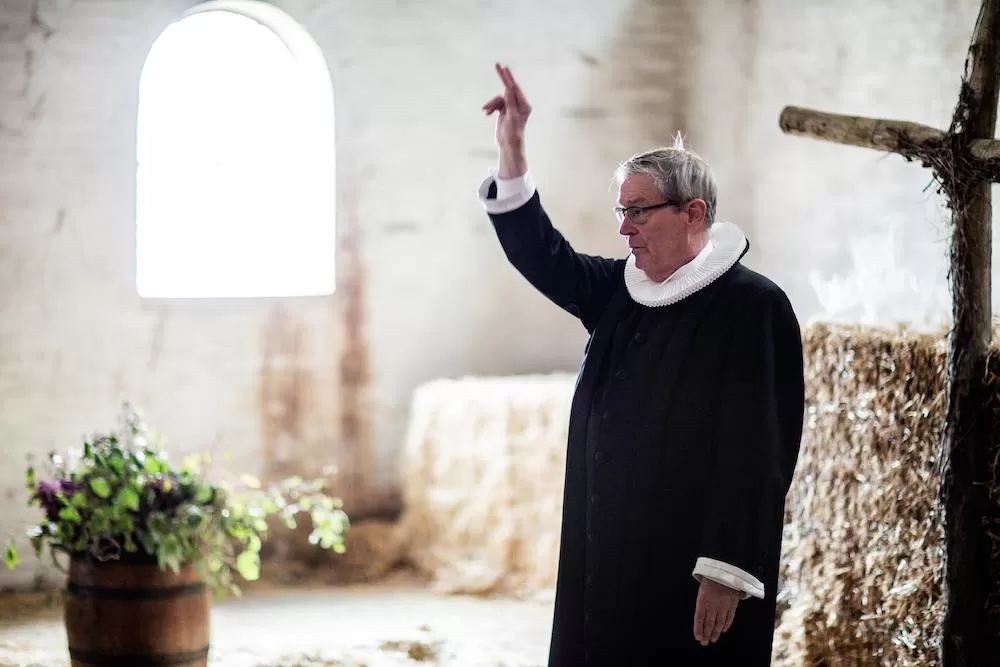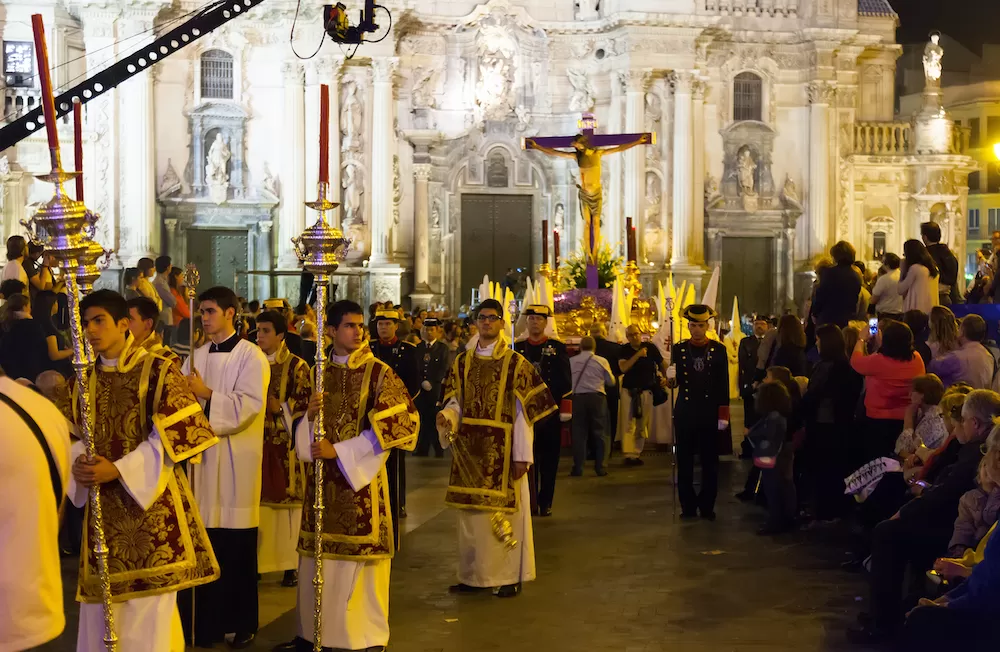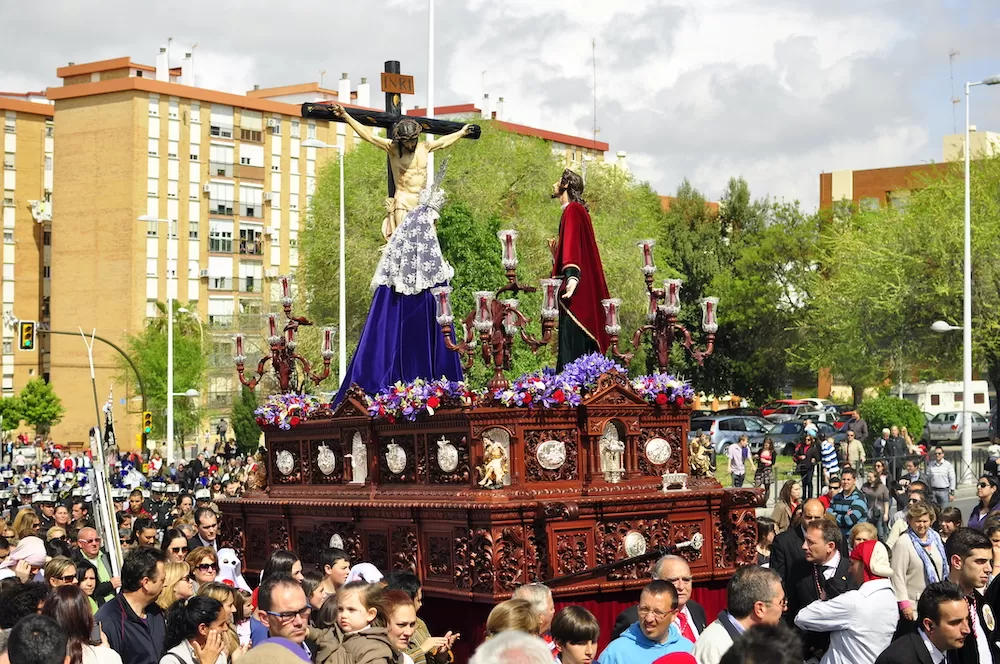Spain is and has always been a deeply religious country. It may not seem like it today considering how open and liberal the country has become over the years, but despite how progressive the Spanish are now, they still embrace their many Catholic traditions. This includes celebrating Easter Sunday as well. While the rest of the world waits for a big white bunny carrying colorful eggs on Easter Sunday, the Spanish practice their own unique traditions. These include eating holiday dishes like Sopa de Ajo or Flores Fritas de Semana Santa, holding penance processions, dressing up in all black as a “mourner,” and more.
Celebrating Semana Santa
Though it's not exactly unique to Spain, it's still pretty noteworthy that the country commemorates Semana Santa. or Holy Week. As compared to the
United States, for example, which only highlights Easter Sunday, Spain also recognized the importance of Semana Santa. This stresses the highly religious culture of the country as opposed to the more commercial-central America. And the Spanish don't just spend the week in prayer and masses. They also hold extravagant processions where they wear costumes and parade statues on floats. Such spectacles are quite the sights to see, especially if you're not all too familiar with this aspect of Spanish culture.
Hearing Mass in The Morning
Another Easter tradition that's not necessarily unique to Spain but is important nonetheless is hearing mass in the morning. Daily masses are common in a largely Roman Catholic country like Spain. During Semana Santa, however, the last mass of the week is held on Palm Sunday. The next one is on Easter Sunday, which is a celebration of Jesus Christ having risen from the dead. Before the grand fiestas begin, most people hear mass early in the morning. This is usually where families meet up and then, after the mass, they enjoy feasts at home.
Holding Grand Processions
Let's go back to the processions. Usually, various regions and cities hold grand passion processions on Semana Santa. They parade scenes of the “Passion of Christ” on the streets, beginning from the “Agony in the Garden” and usually culminating in the Holy Crucifixion. Some cities, like
Seville, for example, go above and beyond with such processions. They put their saintly statues on gilded carriages (“
pasos”) and fill the streets with participants and devotees alike. In Málaga, on the other hand, they include the military in these parades. They help carry the images of Jesus Christ, Mother Mary, and other Biblical figures.
Singing Saetas on The Street
In various parts of the country, the Spanish also sing
Saetas as they parade on the streets. These are haunting hymns largely influenced by the country's famous flamenco genre. Don't worry. These religious songs are slow and sung for penitence. They're not as fast and flavorful as standard flamenco music but just as fascinating. They largely originate in Andalusia but are also sung in
Madrid, the country's capital. Many regard it as the continuation of the Franciscan chant as well as the equally religious Jewish psalmody. Once you hear the saetas, you won't ever forget them!
Serving Spanish Holiday Dishes
As Easter Sunday is among the most
important holidays in Spain, it makes sense that they serve special dishes just for the holiday. The most famous is
Mona de Pascua, a delicious dessert made out of a spongy doughnut-shaped cake decorated and topped with chocolate eggs. There's also
Sopa de Ajo, a variation of garlic soap made with paprika, chicken stock, and often served with a hard-boiled egg. The very pretty
Flores Fritas are another culinary highlight every Easter, especially for kids. These are unique flower-shaped cookies sprinkled with confection sugar. And finally, there are the
Torrijas, the Spanish version of French toast.
Mourners Wear All Black
This last one is more about Semana Santa than just Easter Sunday. Since Holy Week commemorates Christ's final moments before his ultimate sacrifice, it's mostly a somber and sacred time of the year. The Spanish even go so far as to “mourn” for Jesus Christ, wearing all black to express their grief. But these aren't ordinary black outfits either. They're formal garments decorated with lace and made with the finest textiles. Most notably, women wear the traditional
peineta headdress draped with fine lace that goes down to their waists. They present a hauntingly beautiful scene for the holiday.
The way Spain celebrates Easter Sunday is truly fascinating. Instead of the usual Easter Bunny fanfare, they lean in on the religious aspect of the holiday. They practice interesting and beautiful traditions worth witnessing at least once.



